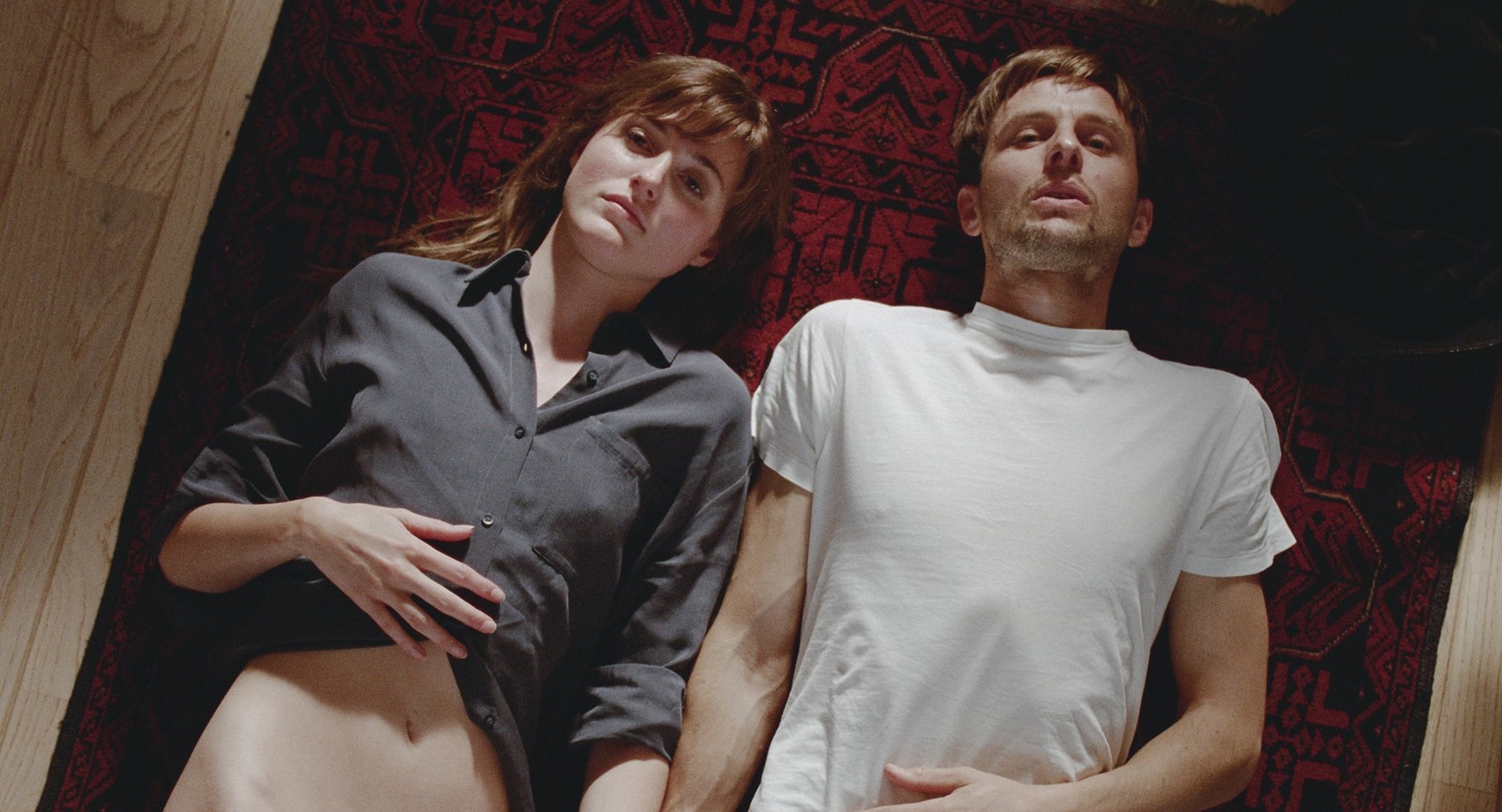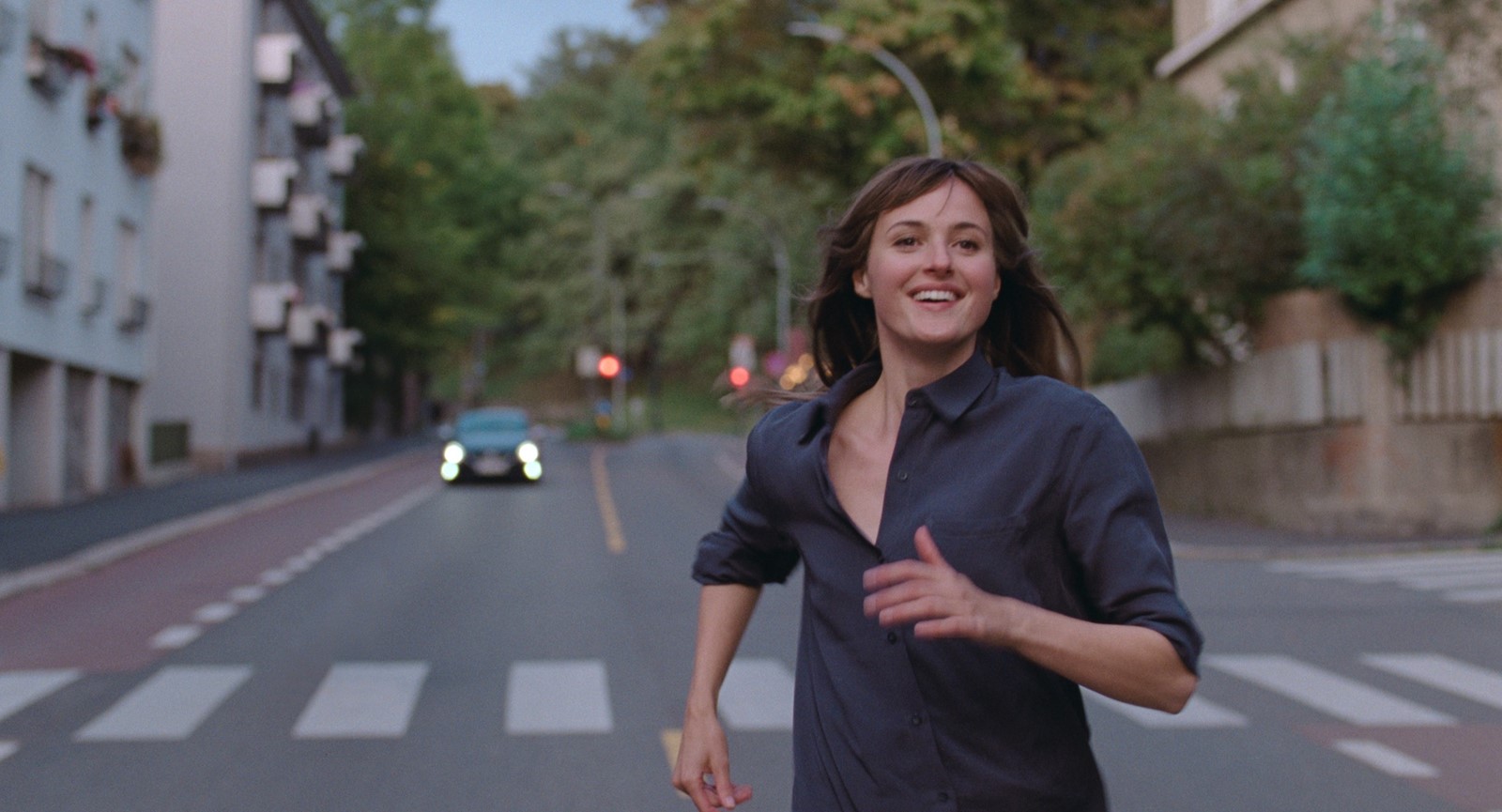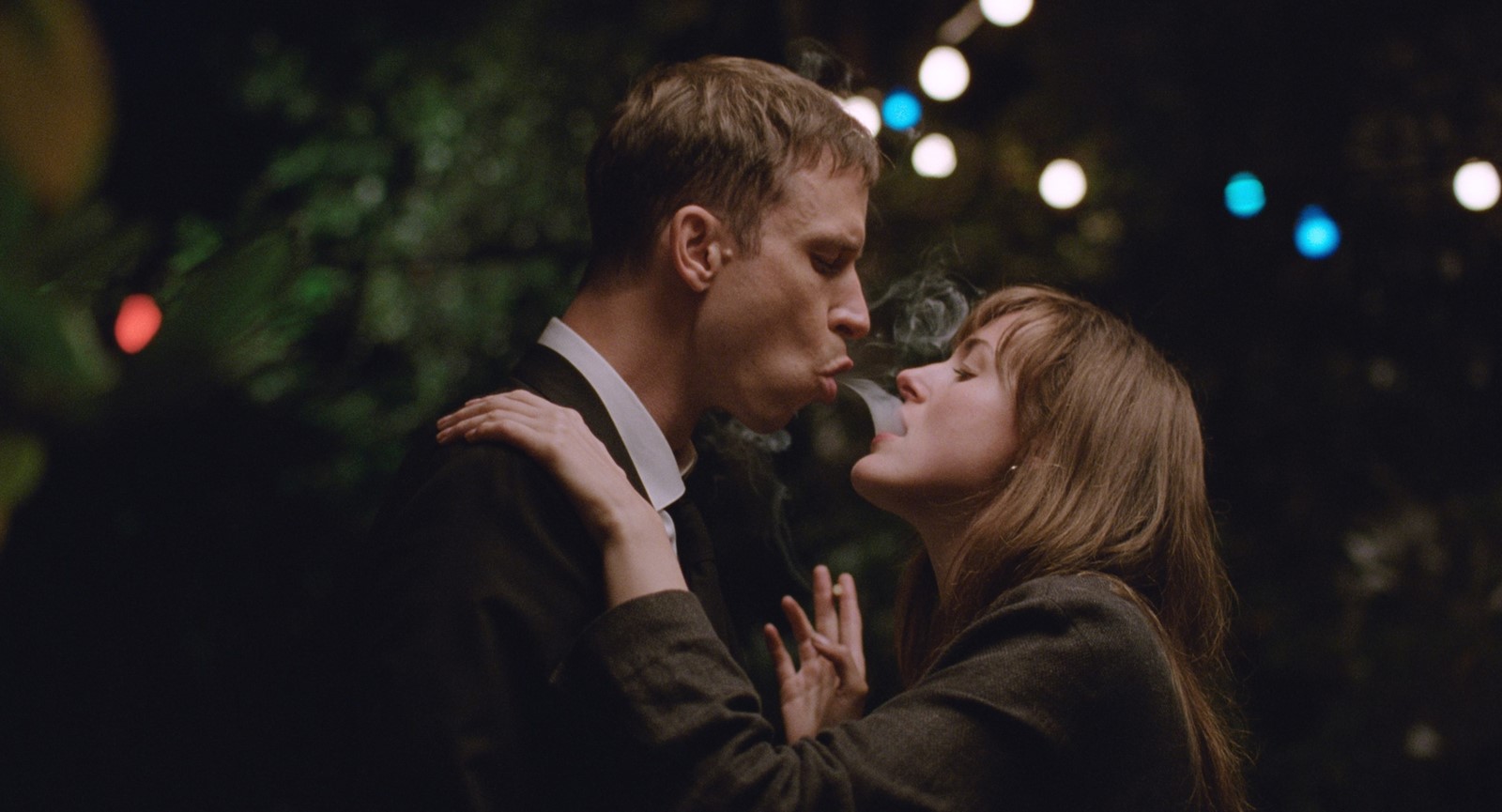In Norwegian director Joachim Trier’s last dramatic feature, 2017’s Thelma, the direction of a young woman’s desire exerts such a powerful force that it could destroy, literally, everything. In his new film, The Worst Person in the World, it’s the sheer directionlessness of our female protagonist’s desires that the narrative’s various disasters hinge upon – disasters that are smaller, but probably no less large-seeming, to those involved. Detailing the romantic and professional misadventures of Julie – a young woman undergoing her second coming-of-age in her late twenties to early thirties – Trier’s film is a project about intimacy, or at least, about what the search for intimacy can really mean: the search for “something more”, or maybe, among the banal events that make up our everyday lives, just “something else”.
“I’m so happy right now that I made this film, which was written way before Covid, and that it is more hopeful,” Trier tells me when we meet in London. “That is, rather than making something very bleak. At Cannes we had a room with over 2,000 people, and the first time I showed it to a crowd was in that moment. I felt so happy that I had made a human story.” The human at The Worst Person in the World’s centre is Julie, a young woman who crashes into screen consciousness with all the irresistible energy of a 1940s screwball comic heroine, only dressed in the wardrobe of an Arket-shopping millennial. The character is played by Renate Reinsve, an actress who is rightly being pitched for new international stardom on the basis of this performance. In the film, we see her character testing out Charlotte in Sex and the City’s famous edict that every woman, in their lifetime, gets “two great loves” (Julie’s are played by Anders Danielsen Lie and Herbert Nordrum). But more than the guilt that often accompanies our romantic lives in our twenties and thirties, Trier and his longtime co-writer Eskil Vogt more successfully capture the atmosphere of guilt that tails anyone of a certain age and lifestyle trying to exist in this century. No matter what anybody does in this film, they always feel like they should be doing more.

It’s the week of the Oscar nominations announcement when I speak to Trier, who comes across like a man, to use the idiomatic language of the movie’s title, on top of the world. (The Worst Person in the World is nominated for Best Original Screenplay and Best International Feature Film). But even if it doesn’t take home a prize on the day, the real winner of the film’s campaign might be Oslo itself, which – in this film marking the final instalment of the director’s loose trilogy set in the city – has never looked like a more ideal place to fall out and in (and out) of love.
Claire Marie Healy: There’s a lot of talk of your film being this subversion of the romantic comedy genre. Do you associate it with that Hollywood perspective, or would you see it in a European tradition of romances that are a little bleaker?
Joachim Trier: We’re really equally inspired by classic screwball comedies by George Cukor, as we would be by Éric Rohmer, for instance. What I like about Rohmer, is that he was so prolific, but the constant thread was that he loved his characters, even though they were all faulty, messy, self-sabotaging people a lot of the time. A lot of the time he made stories about people who had very clear ideas, which then all fall apart. But they’re also kind of hopeful and comforting, like a sad love song that you need at a certain point to feel that you’re not alone. You feel his empathy: he’s never cold, he makes warm films. Even though he can be quite tough on his characters, you do still like them. Like in The Green Ray. The dynamic that impresses me is how to [express] the big, existential themes in a story about the small events of the everyday. What I’m aiming at, with The Worst Person in the World, is to express the drama in the internal life of the people around me. A lot of things that are only spoken about in intimate conversations, or in close friendships, or romantic relationships. These are the painful difficulties of accepting oneself, or of finding a balance in a relationship, that are not the exterior battles of antagonist versus protagonist – but they’re actually the things that become our lives. And that can be terribly difficult. And also terribly funny.

CMH: There are these ideas of what “offending” someone constitutes in the film. In terms of the intimate conversations that take place, we’re also watching your characters be mean to each other – but you make it clear they’re not meaning to be mean. In romantic relationships, you say one thing, and it can impact somebody so much.
JT: There’s a great [Jean] Renoir line, speaking of other French directors [from The Rules of the Game]: “everyone has their reasons”. Some of the most dreadful pain in life comes from the best of intentions in relationships. That’s also why we used the phrase, the worst person in the world – not to judge anyone, but it’s to get across that idea that to engage in romantic relationships is also to take the risk of hurting someone or causing them great pain.
CMH: In terms of the screenplay and how you sketched out this story with Eskil [Vogt], did you start with the idea of this woman, or with what is around her?
JT: More often, with us, it happens not in the proper way. We start out with certain beats, moments and strange ideas. And then slowly character comes out of that. And also some ideas about a type of mood, and the type of movie, that we’re curious to explore. In this case, it was the idea to combine something that has levity, with something melancholic. But I do know two scenes that came early. One was the chapter called cheating, the idea of infidelity, and of what the borders are of that madly romantic game that we play in our society, which is wonderful, called monogamy. It’s like a negotiation. This is when Julie is being a bit self-sabotaging, but at the same time there’s the tension of the audience engaging in that romantic feeling. And on the other side of the emotional spectrum, was the idea of a couple who have grappled with whether to have a child or not. And without revealing too much to the readers, to film a really honest, genuine conversation between two people who have had to completely give up on having a relationship. The kind of conversation you can only have when you know that no one is trying to gain, or scheme.
“What I’m aiming at, with The Worst Person in the World, is to express the drama in the internal life of the people around me. A lot of things that are only spoken about in intimate conversations, or in close friendships, or romantic relationships“ – Joachim Trier
CMH: In terms of the inspiration you’re taking from Renate [Reinsve], it feels like there’s something even in her gestures, and the way she moves, that is very magnetic.
JT: This was commented on by Isabelle Huppert, when she saw Renate in a stage play by Robert Wilson in Oslo (Edda in 2017). She said, “the way this girl moves is so fantastic, you have to write something for her!” Renate does have this power in her movements. She’s also able to go beyond vanity in her vulnerability, which is an absolute must for a good actor. Also, it’s easy to believe you can just ask an actor to run, but not all actors can! (in the film’s most memorable scene, Julie runs through an Oslo where time has stood still). To make that an emotionally engaging concept is difficult, like a kind of dance. I know a lot of great actors who I couldn’t ask to do that. [laughs.]
CMH: Have you noticed all the women running in movies this year?
JT: Oh yes, like in Spencer? What else?
CMH: At the end of The Souvenir Part II, Julie runs to the Eurythmics.
JT: I love The Souvenir. Joanna Hogg … goddamnit she’s good. That’s not bad company to be in. But I’ve had a lot of running in my films before. I’m better now. It’s challenging in practical terms. To move quickly with a heavy 35mm camera. But also the pacing. It’s like choreography. Suddenly they run too fast, or too slow. It’s like keeping a beat alive, because maybe they’re shot weeks apart, or on different days. I play a lot of music on set. I’ve been a DJ since the 90s. So I really tried to figure out what Renate was triggered by and what kept her going. A lot of post-disco from the early 80s seemed to do the job.

CMH: It feels like one reason that scene, and this film, is registering with people is this general feeling right now of wanting to have fun – after having been stuck indoors for a long time, and what with all the stresses of this moment.
JT: A lot of people are talking about two things, which we couldn’t have planned for. One, is the sense of isolation that we’ve all gone through, and now that we have come out of that, how that has brought us to the point of questioning our identity and our purpose. Moving away from cities, quitting jobs – there’s a yearning for a sense of freedom. On the other hand, a lot of people are equally feeling that there are expectations (to find their freedom) that are weighing them down. Not taking place during the pandemic, the film is still dealing with characters who are going through that, just in a different way. All the characters, in a way, are trying to live up to something. But ultimately, it’s hopeful.
CMH: In the scene where time stands still, immediately before she runs out of the house, Aksel is sort of grappling with the clothes horse. That really registered on the level of being in our houses for so long, staring at our clothes horses.
JT: That scene is absolutely about getting the hell out of that!
The Worst Person in the World is in cinemas from March 25.
